What Is Detection Delay On Trail Camera?
Trail cameras, also known as game cameras, are essential tools for wildlife enthusiasts, hunters, and researchers. They provide a non-intrusive way to monitor animal activity in a specific area. One of the critical features of a trail camera is its detection delay, which can significantly impact its effectiveness. In this article, we will delve into what detection delay is, why it matters, and how to optimize it for your specific needs.
Understanding Detection Delay
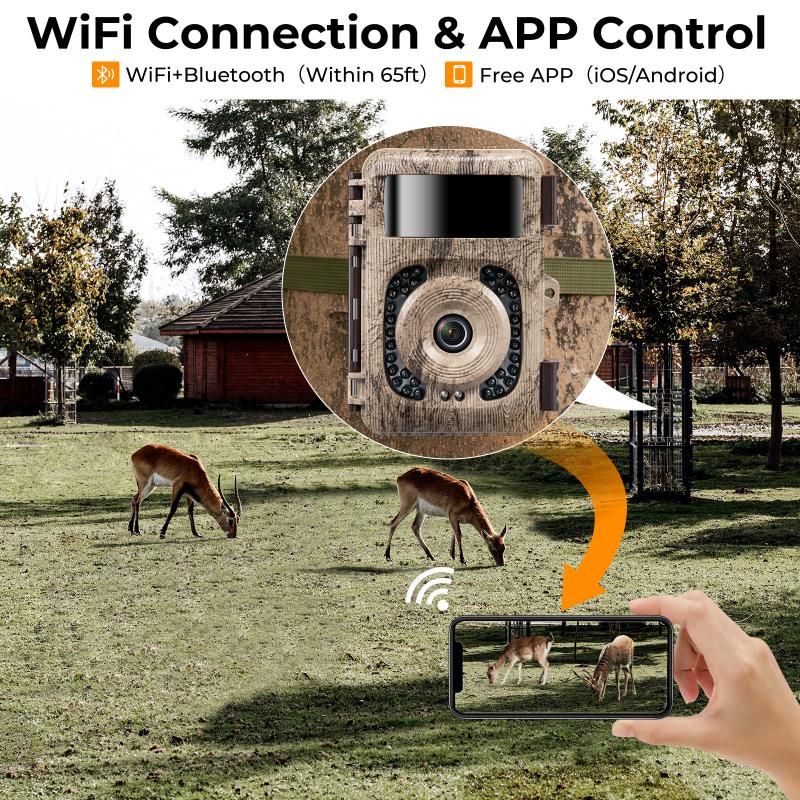
Detection delay, also known as trigger speed or trigger delay, refers to the time it takes for a trail camera to detect motion and capture an image or video after the motion sensor is activated. This delay can range from fractions of a second to several seconds, depending on the camera's make and model.
Why Detection Delay Matters
1. Capturing Fast-Moving Animals: A shorter detection delay is crucial for capturing fast-moving animals. If the delay is too long, the animal may have already moved out of the frame by the time the camera takes a picture or starts recording.
2. Reducing Missed Opportunities: A long detection delay can result in missed opportunities to capture important wildlife activity. This is particularly important for researchers who rely on accurate data for their studies.
3. Battery Life: While a shorter detection delay can lead to more frequent captures, it can also drain the camera's battery faster. Balancing detection delay with battery life is essential for long-term monitoring.
4. Storage Management: More frequent captures due to a shorter detection delay can quickly fill up the camera's storage. Managing storage effectively is crucial to ensure that the camera continues to function without interruption.
Factors Affecting Detection Delay
Several factors can influence the detection delay of a trail camera:
1. Sensor Quality: Higher-quality sensors generally have faster detection speeds. Investing in a camera with a good sensor can significantly reduce detection delay.
2. Processing Speed: The camera's internal processing speed also plays a role. Faster processors can handle the data more quickly, reducing the overall delay.
3. Settings and Configuration: Many trail cameras allow users to adjust settings such as sensitivity and delay intervals. Fine-tuning these settings can help optimize detection delay for specific needs.
4. Environmental Conditions: Weather conditions, temperature, and even the type of vegetation can affect the camera's performance. For example, extreme cold can slow down the camera's electronics, increasing detection delay.
How to Optimize Detection Delay
1. Choose the Right Camera: Not all trail cameras are created equal. Research and choose a camera with a fast detection speed that suits your specific needs. Look for models with a detection delay of less than one second for best results.
2. Adjust Sensitivity Settings: Most trail cameras come with adjustable sensitivity settings. Higher sensitivity can help capture smaller or faster-moving animals but may also result in more false triggers. Find a balance that works for your environment.
3. Regular Maintenance: Keep your camera clean and free of obstructions. Dirt, dust, and debris can interfere with the motion sensor, increasing detection delay.
4. Optimal Placement: Position your camera in a location where animals are likely to move directly in front of it. This increases the chances of capturing them within the frame, even with a slight delay.
5. Test and Adjust: Regularly test your camera's performance and make adjustments as needed. This can help you identify any issues with detection delay and address them promptly.
Practical Applications
1. Wildlife Research: For researchers studying animal behavior, a shorter detection delay can provide more accurate data. This is particularly important for studying fast-moving or elusive species.
2. Hunting: Hunters can benefit from a shorter detection delay by getting timely information about game movement. This can help in planning hunting strategies more effectively.
3. Home Security: Trail cameras are also used for home security. A shorter detection delay can ensure that any intruders are captured on camera promptly, providing crucial evidence.
4. Nature Photography: Photographers looking to capture stunning wildlife shots can benefit from a camera with a fast detection speed. This increases the chances of getting the perfect shot without missing the moment.
Detection delay is a critical factor in the performance of trail cameras. Understanding what it is and how to optimize it can significantly enhance your ability to monitor wildlife, improve hunting strategies, ensure home security, and capture beautiful nature photographs. By choosing the right camera, adjusting settings, and maintaining your equipment, you can minimize detection delay and maximize the effectiveness of your trail camera. Whether you are a researcher, hunter, security enthusiast, or photographer, paying attention to detection delay can make a world of difference in achieving your goals.



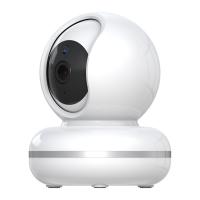
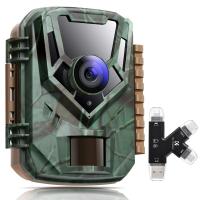

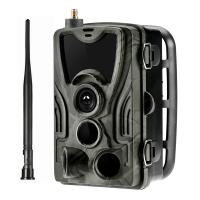
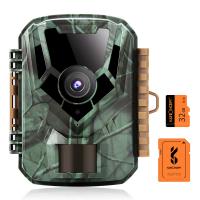
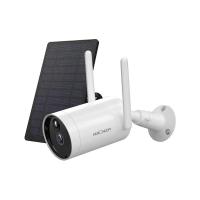
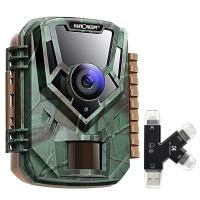


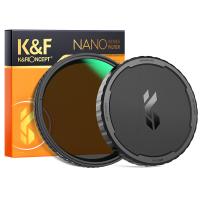
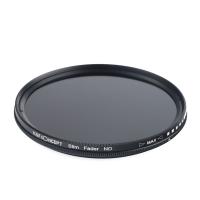

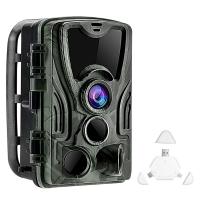


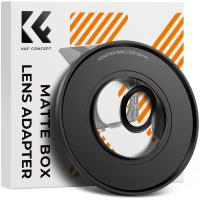

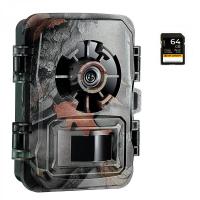
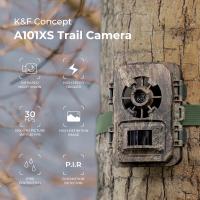



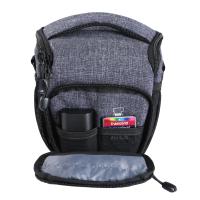
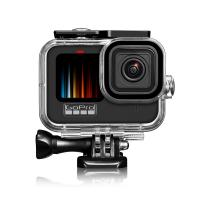
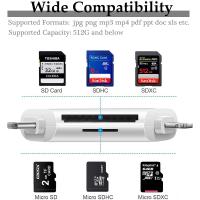
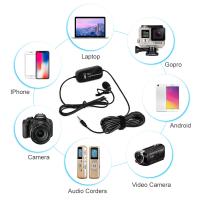


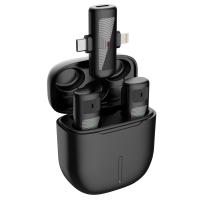

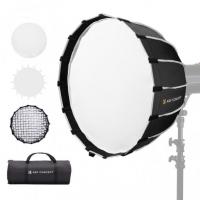

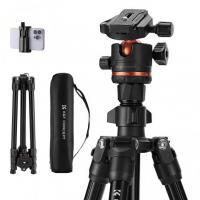
There are no comments for this blog.